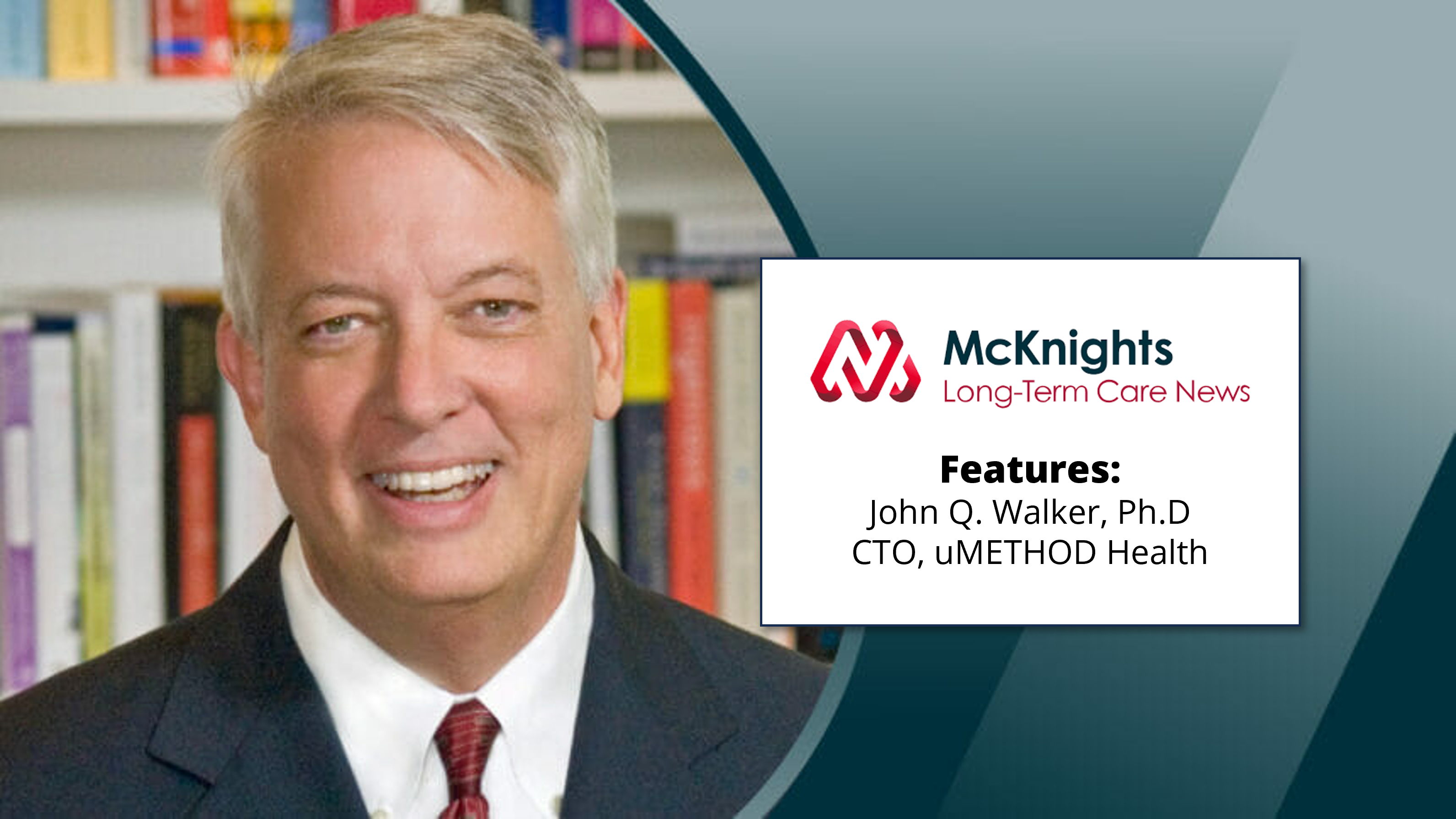
Embracing Data and Technology to Help Slow Alzheimer’s and Dementia
By John Q. Walker, Ph.D
Alzheimer’s is a disease of data. The disease doesn’t have what we typically react to quickly: There is no pain, no blood, no pus, no rash, no dry mouth, nothing is visibly out of kilter.
Yet, Alzheimer’s disease generally starts its destruction 20 years before symptoms (most notably memory loss) are acknowledged. There can be more than 50 treatable causes to be dealt with simultaneously. More than half of the patients my company has worked with have more than a dozen of these treatable accelerants of brain degeneration — already active.
Remarkably, everything we need to know about dementia and its status is readily available through data: how to predict it, how to detect it, how to prevent it, how to treat it, and how to slow its progression.
We can make a checklist of what this data looks like; that is, what your doctor should be collecting. This isn’t particularly sophisticated, as much of it is already in their medical records. The data starts with the numbers from recent blood (and urine) tests, along with the list of medications you’re taking, the conditions and diseases that you might currently be addressing, allergies, immunizations, dentist records and so on. Another insight is what day-to-day life looks like: sleep, exercise, what you eat and how much stress you deal with. Add in the $99 raw data from collecting your genome (from a company like 23andMe or Ancestry.com), and you’ve got the data needed to pinpoint a path through the disease space.
The software takes as input this myriad of data about a person’s health and medical status and uses a range of techniques to focus on the immense set of calculations needed to describe where someone might be on the spectrum of dementia — and what steps to take next. Maybe the newest Alzheimer’s drug offers a good path, or maybe a better approach might be to deal with raging gum disease and a deficiency of B vitamins. The software engine creates brief reports describing prioritized steps to be taken. The reports (known as care plans) provide doctors, a patient, their family and any caregivers with a recommended path forward, acting as a personal assistant to whomever is in charge of providing treatment.
Using a combination of AI, data and precision medicine to advance similarly forward-looking approaches to Alzheimer’s and dementia care. And more are likely on the horizon. The timing is urgent. Nearly 20 million Americans need help right now, and all of us are at risk. Doctors who embrace technologies that are driven on data and address the dozens of treatable causes can help close the vast gaps in care that patients and their caregivers face daily.

